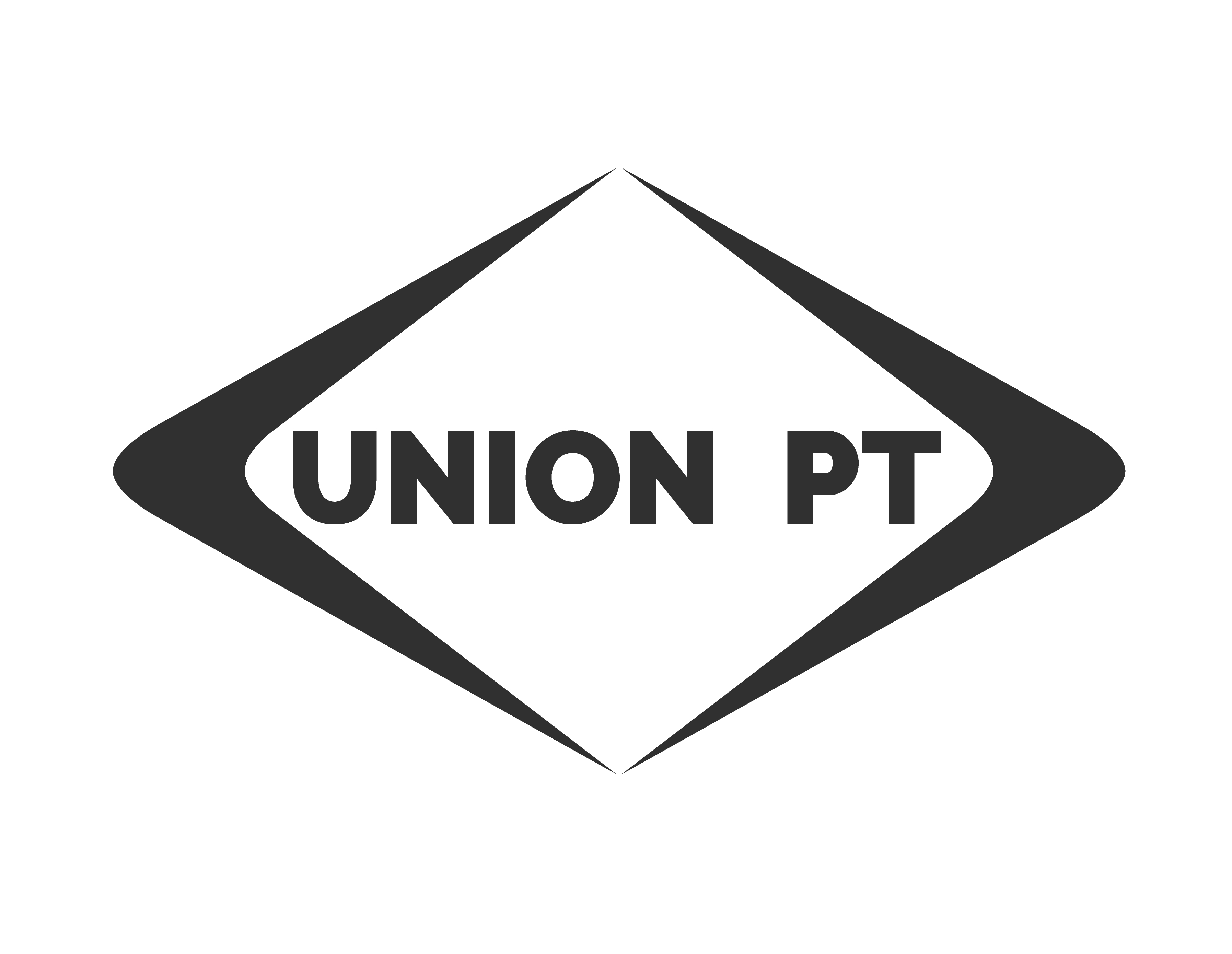The rotator cuff is a set of four muscles that attach from the shoulder blade into the ball and socket joint of the shoulder. These muscles provide the primary stabilizing force to the shoulder, which is otherwise built for mobility. Because of the dynamic nature of the shoulder, the rotator cuff is vulnerable to injury including impingement, tendonitis, and tearing.
Impingement: Impingement most often occurs at the supraspinatus and subscapularis tendons, as a result of the tendons becoming pinched under bony bridges.
Tendonitis: Tendonitis (or tendonosis) can be a result of repetitive impingement causing inflammation to the tendon, or of overuse related to repetitive movements for daily or sports activities.
Tear: Tears of the rotator cuff rarely occurs from an acute trauma in young people, but more often from repetitive wearing down of the tendon from impingement or overuse; this is often degenerative in nature. Tears may occur in older individuals from a fall or other trauma.
Impingement:
- Pain is often felt in the front of the shoulder, and may extend down the arm to the elbow, or occasionally further
- Symptoms are often described as sharp around the shoulder, and dull/aching down the arm; occasionally burning is described
- Symptoms are often felt during the middle of the range of motion when bringing the arm up overhead
Tear:
- Pain is similar to impingement, felt primarily at the front of the shoulder, and extending down the arm as far as the wrist.
- Pain is described as sharp at the shoulder, and dull/aching down the arm.
- Symptoms will vary depending on the severity of the tear. Partial tears will be painful, likely with some weakness. Full tears may be less painful, but present with significant weakness.
- Tears are often associated with a loss of strength and decreased ROM. These are very good reason to seek out care.
Tendonitis:
- Pain will be primarily felt in the front or top of the shoulder, local to the affected tendon
- Pain is often dull and aching, though can be sharp with movement
- Symptoms will include pain and clicking with reaching over head or behind your back, and will be worse with muscle activation or stretch
- If tendonitis persists it can convert to tendonosis where a tendon will progressively weaken and be more prone to tears.
- Avoid painful motions, especially at the extremes of your range (e.g. reaching overhead, reaching into the back seat of your car, or reaching back and to the side to put on a jacket)
- Avoid painful activities (recreational, work, or sports) that increase your pain
- Avoid heavy lifting and lifting overhead
- Perform frequent, gentle pain free range of motion of the shoulder
- Ice may be useful for some conditions
A physical therapist will perform an evaluation to diagnose your specific condition, as well as what factors are contributing to the cause of your pain. Treatment is focused on reducing pain, providing appropriate mobility of the shoulder, neck, and mid back, and facilitating a balance of the muscle groups around the shoulder. Often a key part of rehabilitation for rotator cuff syndrome is ensuring good movement quality of the shoulder blade.
Manual therapy:
- Soft tissue treatment: Hands on treatment of muscles and tendons surrounding the region of your shoulder symptoms will improve the ability of your joints to move optimally, This can balancing muscle tone forces around your shoulder which can reduce strain and pain.
Muscle pain contributing to your symptoms may be due to:
-
- Muscle guarding: Injury or pathology at the shoulder often causes the body to subconsciously guard the area by tightening up muscles in the region; this phenomenon is known as muscle guarding.
- Muscle stiffness: Changes in alignment and movement related to ergonomics, postural habits, and repetitive overuse can cause a muscle to become chronically tight.
- Joint mobilization: Hands on treatment focused at the level of the joint surfaces to reduce pain, improve joint specific mobility, and re-educate proper joint movement. This may be targeted at the shoulder, as well as the neck, mid back, and ribs to address contributions to your specific problem.
Strengthening:
- Neuromuscular re-education: Training targeted at re-educating faulty movement patterns, improving muscle coordination, or facilitating muscle firing in muscles that are weak or inhibited. These movements are often small in nature and not targeted at making muscles bigger.
- Stabilization: Exercises targeting strength and endurance of the muscles closest to your joints (and therefore better at stabilizing joints than moving them).
- Activity training: Exercises targeted to your specific goals, fitness activities, recreational activities, or job requirements that will facilitate return to your lifestyle prior to pain.


